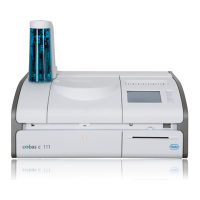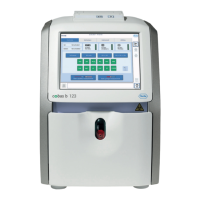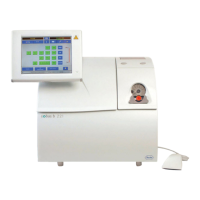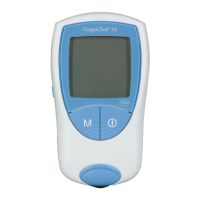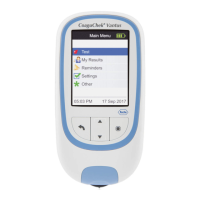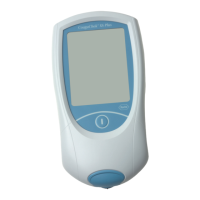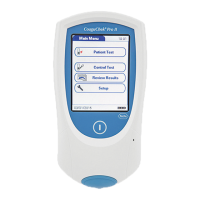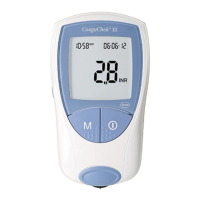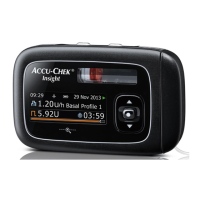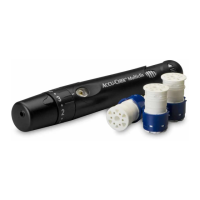17General safety information
Roche Diagnostics
cobas
®
pulse · Software version 01.03 · User Assistance · Publication version 1.0
Safety classifications
The safety precautions and important user notes are
classified according to the applicable standards.
Familiarize yourself with the following meanings and
icons:
Safety alert
r The safety alert symbol is used to alert you to
potential physical injury hazards. Obey all safety
messages that follow this symbol to avoid possible
damage to the system, injury, or death.
These symbols and signal words are used for specific
hazards:
WARNING!
Warning…
r …indicates a hazardous situation that, if not avoided,
could result in death or serious injury.
CAUTION!
Caution…
r …indicates a hazardous situation that, if not avoided,
could result in minor or moderate injury.
NOTICE!
Notice...
r ...indicates a hazardous situation which, if not
avoided, may result in damage to the system.
Important information that is not safety relevant is
indicated with the following icon:
i
Tip...
...indicates additional information on correct use
or useful tips.
1 General safety information
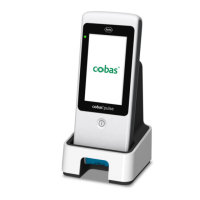
